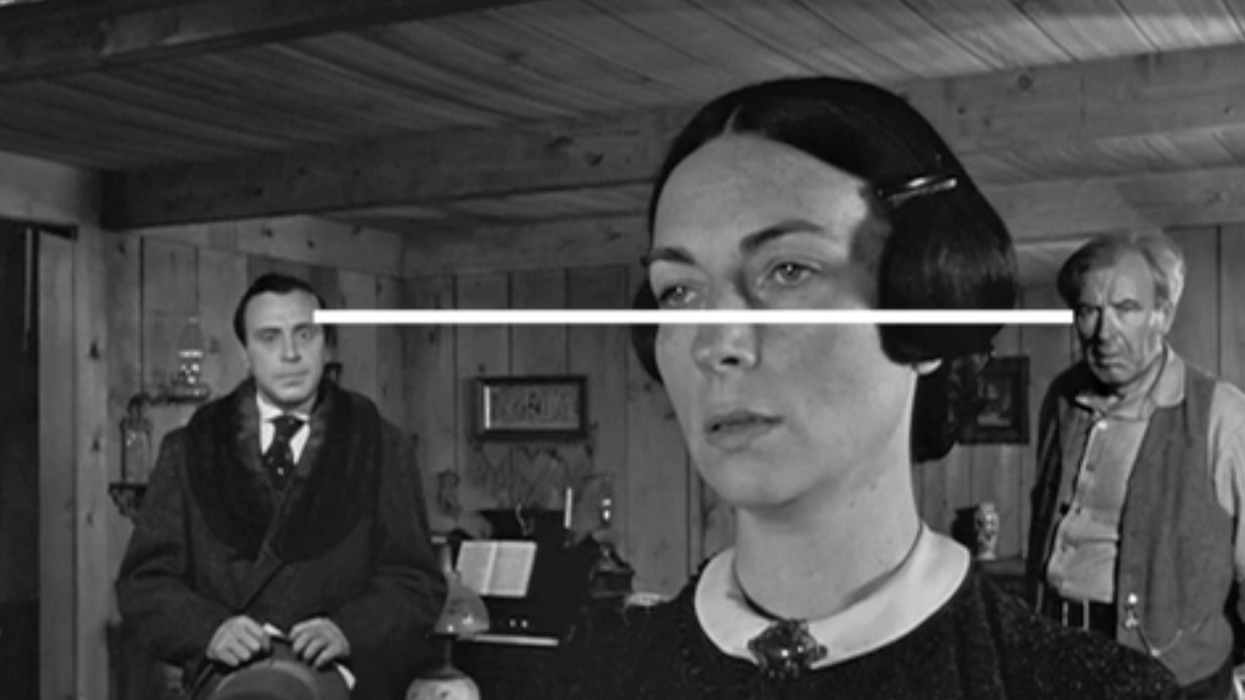Block or Die: Lessons from Orson Welles
Overhead blocking can save time and money—and maybe your entire production.

If you're a director, you’re the only person involved in the making of your film who knows how every piece of the puzzle will fit together in order to realize your unique vision. And there's no better way to announce your artistic presence than by pre-blocking.
You can pre-block for camera (where the camera stands or moves) and for action (actors' movement) by making shot lists with overhead plot diagrams. The pre-blocking process can make or break your film.
In my last article, The Top 13 Things New Filmmakers Should Think About But Rarely Do, the number 11 tip was "Block or Die." A little dramatic, but I think it’s appropriate. Blocking is crucial indeed. Here are some ways to do it well.
Pre-blocking with overhead floor plans
Pre-blocking with overhead floor plans is one of the simplest but most misunderstood and disregarded parts of the pre-production process. Anyone can sketch the diagrams; you don't have to be an artist to do an overhead plot. I'm living proof of this! I like to do them by hand on graph paper, but there are a lot of drawing apps out there. And whether it's a no-budget, low-budget, or big-budget shoot, pre-blocking and shot lists do not increase your spend by one penny. Good preparation doesn't cost a thing.
The perfect example: Orson Welles
Orson Welles was a master at dynamically staging scenes. Because deconstructing a perfectly choreographed scene is one of the best ways to analyze how blocking for camera and action were utilized, let’s reverse engineer a terrific scene and ask ourselves, "What did Orson do?"
Not unlike a human or animal anatomy class, below is a detailed examination of one scene from Citizen Kane, which enables us to study the structure, position, and interrelation of its various parts—otherwise known as the mise-en-scène. It's broken up to discover how and why these pieces fit together to give audiences an overall experience. We’ll watch this short scene twice; the second time, with my breakdown.
Overhead blocking diagrams and shot lists serve several extremely important purposes:
- Communication
Foremost, they are essential for clear and concise communication between the director and the department heads, as well as for a more efficient shoot, staving off potential time-related disasters that could derail or kill your film. Many ill-prepared directors have spent valuable shooting time arguing with their DP about what the next shot should be. The DP doesn't want to design your shots. That’s not their job. It's your job. And it allows them the freedom to come up with other ideas and shots that can only make your film better because you'll have the have extra time. Time burns money and there are never enough hours to shoot a lower-budget film. - Saving time (and therefore $$)
The best way to gain more time is to prep with diagrams and shot lists so everyone is on the same page. Sure, you can make a shot list consisting of Master Shot, CU Shot, Reverse CU Shot, Over The Shoulder Shot, Reverse Over The Shoulder Shot, Two Shot, maybe a Dolly Shot or two—and now you're into 20 takes and an entire day’s shooting. That method is archaic and was designed to make filmmaking less like art and more like manufacturing. There is a misconception that preparation is stifling. - Increasing creativity
The Overhead Blocking Diagram will allow you to be lean, nimble, innovative, quick to adjust to problems, and open to greater creativity. You will think in more artistic and resourceful ways and cut out unnecessary "coverage" shots. Fewer shots mean more takes for your actors—thus, more creativity. Plus, the cast, crew, and financiers will know who's in charge by seeing how you prepare.
Think like Orson
Imagine if Welles had shot Citizen Kane with the standard of our day: Master Shot, Shot, and Reverse Shot. Would we be talking about it? I think not. Be bold, be unique, and be courageous. You will be rewarded.
Bryan W. Simon is an award-winning and critically-acclaimed director, writer and educator. Bryan directed the big screen adaptation of the Tony® Award winning Broadway play, 'Jay Johnson: The Two and Only!' and the groundbreaking comedy documentary 'I’m No Dummy.' In addition, Bryan directed the celebrated indie feature 'Along For The Ride' and is the Co-Producer of the Seminar Series presented by The American Cinematheque in Hollywood.













